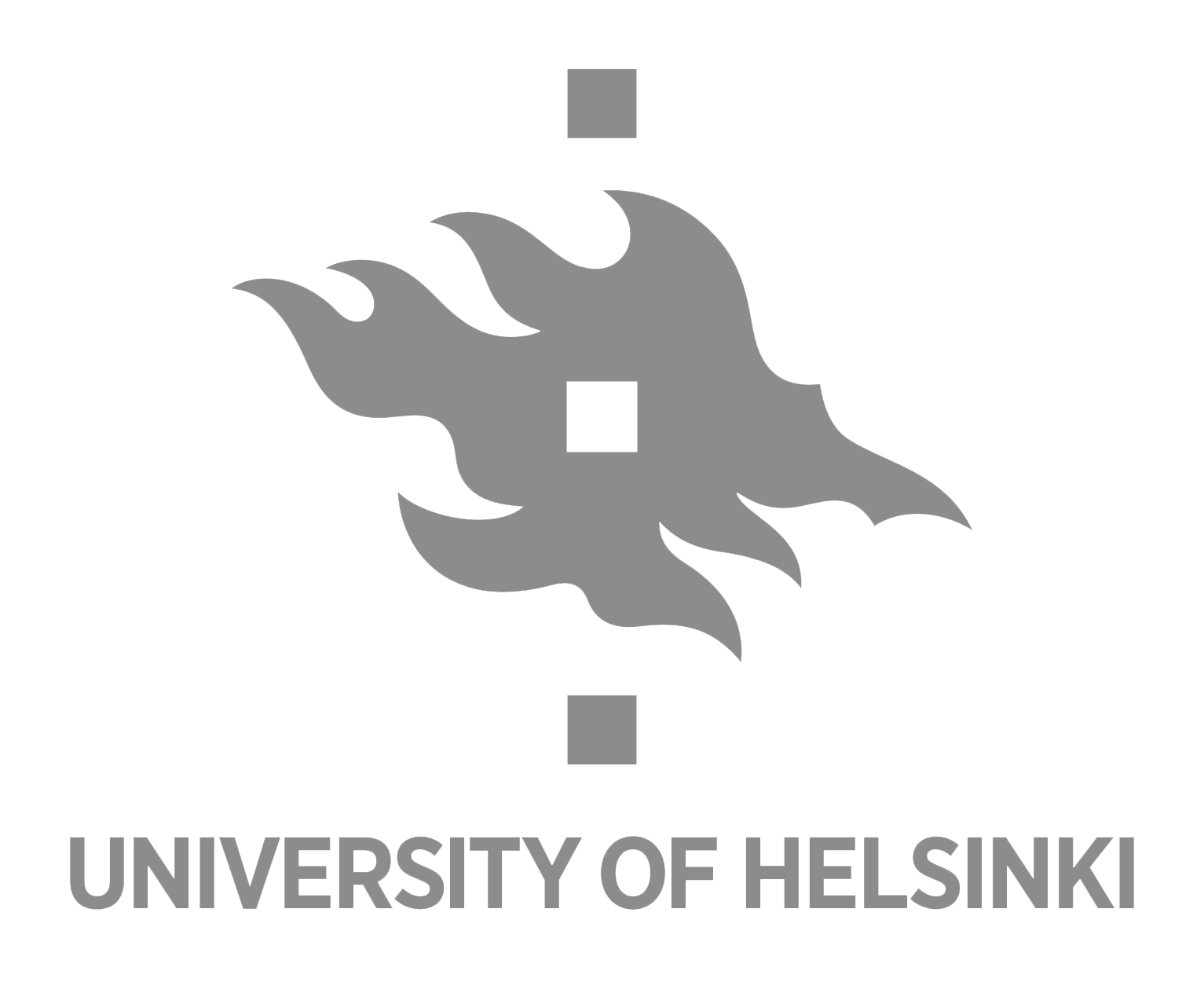







NEUROMAGING (NI) research infrastructure comprises Aalto NeuroImaging (ANI) at Aalto University (AU) and BioMag-laboratory at the Helsinki University Central Hospital (HUCH). NI offers a unique infrastructure for both scientists and clinicians at Aalto University, Hospital District of Helsinki and Uusimaa (HUS), and University of Helsinki (UH) to record neurophysiological data with simultaneous magnetoencephalography (MEG) and electroencephalography (EEG) as well as high-resolution anatomical and functional magnetic resonance imaging (MRI and fMRI). In addition, navigated transcranial magnetic stimulation (nTMS) allows researchers to induce neuronal currents, and measure their behavioral, neural (with EEG), and motor effects (with electromyography, EMG). Established environments for versatile eye-tracking, behavioral and physiological measurements as well as optical recordings (near-infrared spectroscopic imaging, NIRSI) are also possible within the NI infrastructure.
NEUROIMAGING (NI) research infrastructure is a national-level research infrastructure for human neuroimaging formed by AU, HUS, and UH. NI was launched in 2011, when AU, HUS, and UH reviewed the tripartite agreement of the organization, funding, and usage of their neuroimaging facilities. This was a clear action from all the stakeholders of their ever-strengthening commitment towards improving the existing neuroscience imaging facilities in the capital region. The goal of the NEUROIMAGING agreement is to enable cutting-edge science and clinical research by promoting joint use and development of the large-scale brain imaging facilities. This agreement between AU, HUS, and UH is a direct continuation of previous efforts. These include operation of the MEG Core predecessor since 1980 in AU (formerly Helsinki University of Technology), the establishment of the BioMag Laboratory at HUS in 1994, and the inauguration of the Advanced Magnetic Imaging (AMI) Centre on the AU campus in 2002.
Over the years, NEUROIMAGING has been an integral part of the Finnish biomedical imaging scene and previous efforts together with NI and its partners: Turku PET Centre, Kuopio Biomedical Imaging Unit, and Biomedicum Imaging Unit, has fostered education, training, and translational brain imaging in Finland. The recently established Finnish Biomedical Imaging Node (FiBI) provides open access to fMRI/MRI, MEG, and positron emission tomography (PET), covering translational research from preclinical animal to clinical human imaging. We have brought together a critical mass of synergistic and complementary high-level expertise for concerted national-level planning of infrastructure upkeep and development, services, user training, and future investments. The FiBI consortium serves more than 700 users annually, and the research results in well over 300 publications per year and its precursor operations were also included within the Euro-BioImaging (Finland) consortium in Finland’s Strategy and Roadmap for Research Infrastructures 2014–2020 by the Academy of Finland and Ministry of Education and Culture.
The community of trained functional neuroimaging users is rapidly expanding, and NI, together with our FiBI partners, are actively contributing to and anticipating that expansion. FiBI aims to ensure critical development of the multimodal imaging platform of Finnish biomedical imaging and, thereby, develop the consortium into a sustainable imaging service provider also on European level. The Finnish Biomedical Imaging Node operates in close collaboration with the Finnish Advanced Light Microscopy Node and together, the two nodes form Euro-BioImaging Finland which is on the Academy of Finland’s national roadmap for research infrastructures 2021-2024.
Aalto NeuroImaging (ANI)ANI maintains magnetoencephalography at MEG Core, functional magnetic resonance imaging at AMI Centre, navigated transcranial magnetic stimulation at Aalto TMS (since 2013), and Aalto Behavioral Laboratory (ABL) all located in Espoo, Otaniemi campus area. Administratively, with its separate and transparent budget, ANI is governed by Department of Neuroscience and Biomedical Engineering (NBE), which was formed in the beginning of 2015 by merging the Brain Research Unit (BRU) of the O.V. Lounasmaa Laboratory (OVLL) and parts of the Department of Biomedical Engineering and Computational Science (BECS), both having long been active users of the NEUROIMAGING infrastructure. Annually, approximately half of ANI’s equipment hours are paid by NBE and other Aalto’s units, the rest by external users from UH, HUS, and other Finnish universities and organizations. Terms of use are the same for all users, but all NEUROIMAGING users (Aalto, UH, and HUS) are offered reduced fees at ANI. |
BioMag LaboratoryBioMag, administered by HUS, operates in Helsinki University Central Hospital (HUCH), the flagship of HUS and the largest hospital in Finland. HUCH acts in close collaboration with the Medical Faculty of the UH in Academic Medical Center Helsinki (AMCH), a multidisciplinary conglomerate where basic researchers and researchers focusing on theoretical and practical aspects of clinical questions work in close-knit collaboration. Altogether 450 research groups and about 1500–2000 researchers are housed in AMCH, and about 2500 publications from all branches of medicine are generated yearly. The research done in AMCH composes almost half of the research effort in Finnish medical research, and it has been estimated to rank within five best European research entities in clinical medicine. The research in HUS focuses on gaining fundamental new knowledge that produces improved diagnostics and treatment of patients. BioMag supports this effort by maintaining equipment for MEG, MCG, navigated TMS as well as near-infrared spectroscopic imaging. |
The NI facilities can offer measurement hours for both internal and external users. Short research plan and an ethics statement for human research is required. Each unit offers training and may require participation in courses for safety and basic skills for operating the local infrastructure (e.g., MEG introduction, MRI safety, TMS training). Infrastructure personnel assists the users upon request and the infrastructures offer the best possible complementary measurement capabilities, such as physiological and behavioral monitoring and responses devices and stimulation systems, when needed. We aim to streamline online reservation and user documentation systems, as well as common scientific and financial reporting policies.
New partners may be included based on international recognition, complementary expertise to existing partners, and established open access practices and common principles of operation, outlined above. For further information or questions on practical matters, please contact the coordinating group members or operative personnel of NI.
(January 2022: NEUROIMAGING agreement is currently being reformed and, thus, this list states the last operational steering group)
| Aalto University Lampinen Jouko Salmelin Riitta |
HUS Mäkijärvi Markku Haaksiluoto Erika |
University of Helsinki Alho Kimmo Vanhatalo Sampsa |
| Aalto NeuroImaging Jousmäki Veikko Auranen Toni |
BioMag Renvall Hanna Montonen Juha |
Webpages Tolvanen Tuomas |
Annual highlights/report of the NEUROIMAGING research infrastructure in pdf-format: